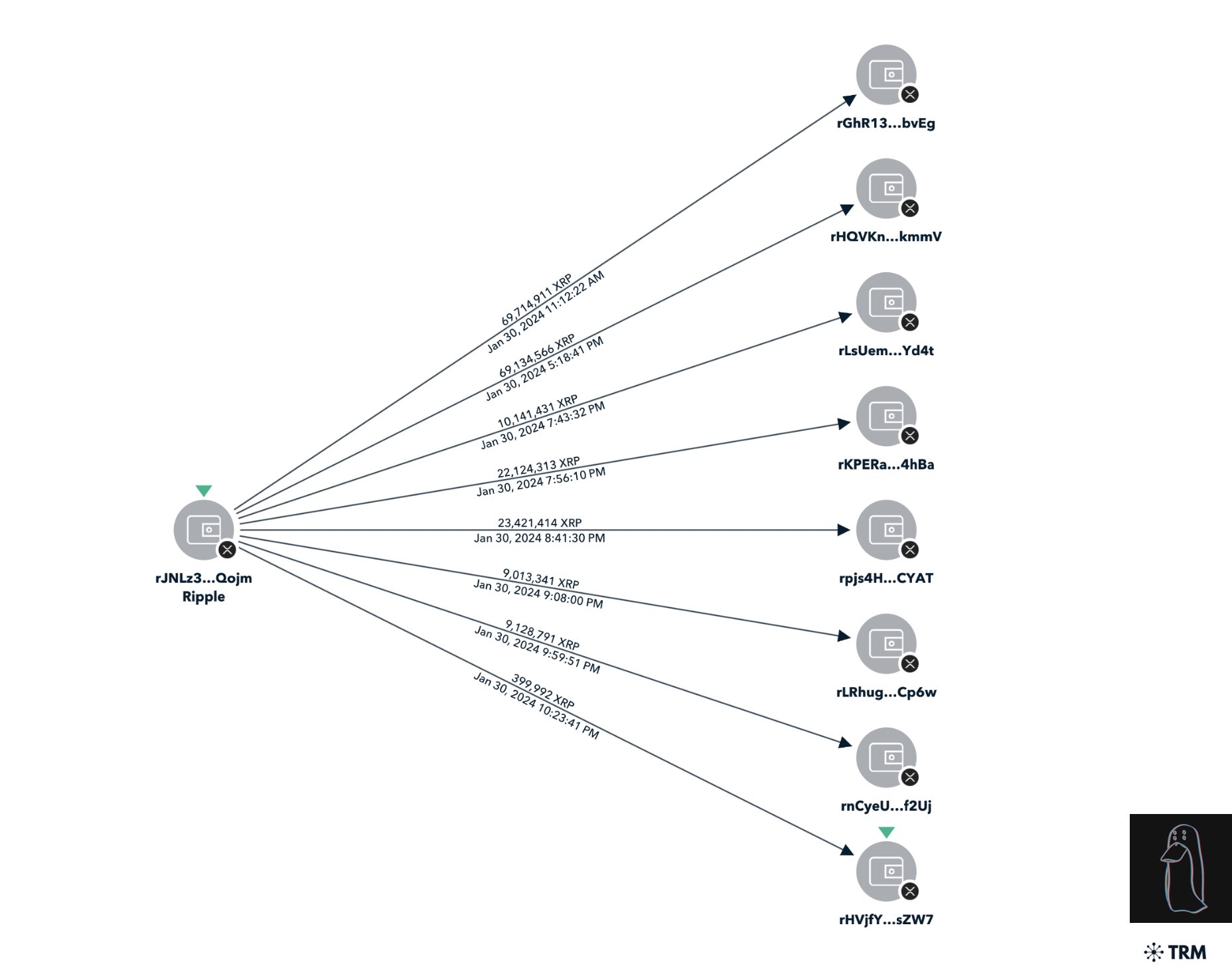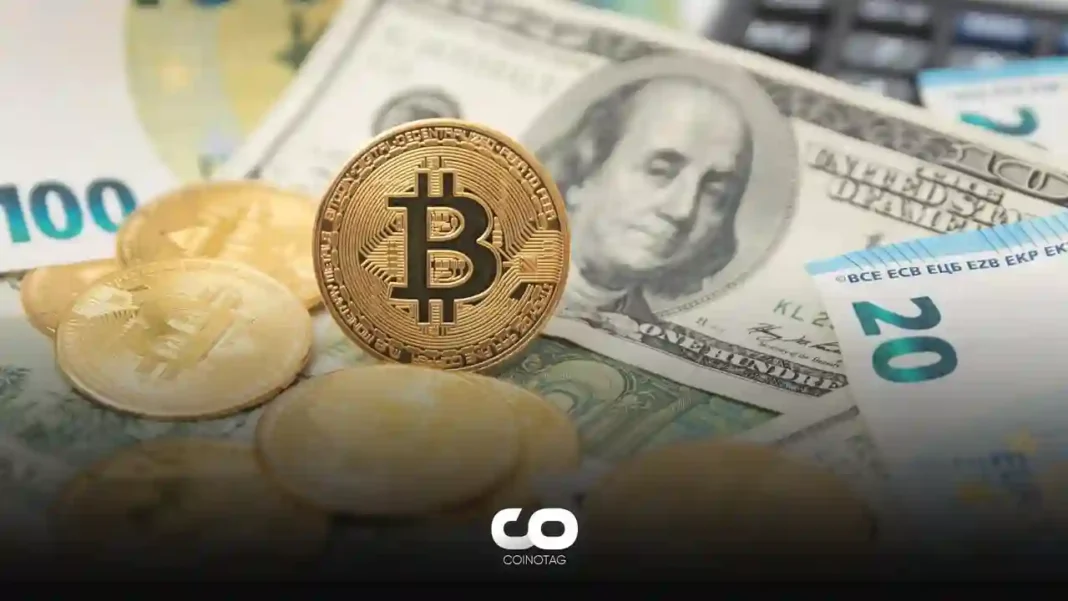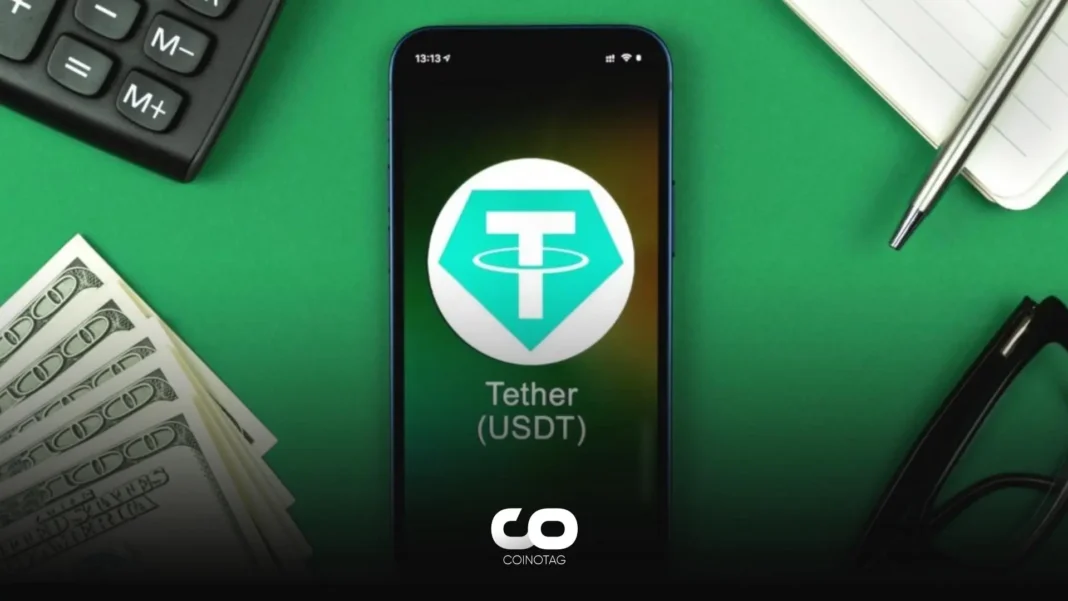| COINOTAG recommends • Exchange signup |
| 💹 Trade with pro tools |
| Fast execution, robust charts, clean risk controls. |
| 👉 Open account → |
| COINOTAG recommends • Exchange signup |
| 🚀 Smooth orders, clear control |
| Advanced order types and market depth in one view. |
| 👉 Create account → |
| COINOTAG recommends • Exchange signup |
| 📈 Clarity in volatile markets |
| Plan entries & exits, manage positions with discipline. |
| 👉 Sign up → |
| COINOTAG recommends • Exchange signup |
| ⚡ Speed, depth, reliability |
| Execute confidently when timing matters. |
| 👉 Open account → |
| COINOTAG recommends • Exchange signup |
| 🧭 A focused workflow for traders |
| Alerts, watchlists, and a repeatable process. |
| 👉 Get started → |
| COINOTAG recommends • Exchange signup |
| ✅ Data‑driven decisions |
| Focus on process—not noise. |
| 👉 Sign up → |
- Ripple experiences a significant security breach, resulting in the theft of approximately 213 million XRP tokens.
- The stolen funds, valued at around $112.5 million, have been laundered through multiple cryptocurrency exchanges.
- Several addresses involved in the theft and laundering of the XRP tokens have been identified.
This article examines the recent Ripple hack, where over 213 million XRP tokens were stolen and laundered through various exchanges, highlighting the security concerns in the cryptocurrency space.
The Ripple Hack: Details and Initial Responses
Ripple, the blockchain-based digital payment network, has suffered a major hack, with about 213 million XRP tokens, equivalent to approximately $112.5 million, stolen from the source address rJNLz3A1qPKfWCtJLPhmMZAfBkutC2Qojm. The theft was followed by the laundering of these funds through several well-known cryptocurrency exchanges, including MEXC, Gate, Binance, Kraken, OKX, HTX, HitBTC, and others. The incident raises significant concerns about the security measures of digital assets and the responsibilities of exchanges in preventing such breaches.
Tracking the Stolen XRP: Laundering Across Exchanges

The stolen XRP tokens were dispersed and laundered through a series of transactions involving multiple addresses. Key addresses identified in the laundering process include rGhR13XyM43WdDaSMznHd5rZ4cJatybvEg, rHQVKntyfkDCPhEBL2ctryuEAkDZgckmmV, rLsUemhuBZtF44rqqzneb2F9JgyrRYYd4t, rKPERax7t9iFvT3RHXn5nifyNpzp9a4hBa, rpjs4HLX1gJoEenH69PsQmXaXY22QhCYAT, rLRhugR4ysNa2xkt4E6fKN8krs9jatCp6w, rnCyeUNvfDbtTagGEPjBfTCBz6EqJjf2Uj, and rHVjfYzTaB8MzSoQGqpzH9barZr85QsZW7. Efforts are ongoing to track these transactions and recover the stolen funds, though the complexity of the laundering process presents significant challenges.
| COINOTAG recommends • Professional traders group |
| 💎 Join a professional trading community |
| Work with senior traders, research‑backed setups, and risk‑first frameworks. |
| 👉 Join the group → |
| COINOTAG recommends • Professional traders group |
| 📊 Transparent performance, real process |
| Spot strategies with documented months of triple‑digit runs during strong trends; futures plans use defined R:R and sizing. |
| 👉 Get access → |
| COINOTAG recommends • Professional traders group |
| 🧭 Research → Plan → Execute |
| Daily levels, watchlists, and post‑trade reviews to build consistency. |
| 👉 Join now → |
| COINOTAG recommends • Professional traders group |
| 🛡️ Risk comes first |
| Sizing methods, invalidation rules, and R‑multiples baked into every plan. |
| 👉 Start today → |
| COINOTAG recommends • Professional traders group |
| 🧠 Learn the “why” behind each trade |
| Live breakdowns, playbooks, and framework‑first education. |
| 👉 Join the group → |
| COINOTAG recommends • Professional traders group |
| 🚀 Insider • APEX • INNER CIRCLE |
| Choose the depth you need—tools, coaching, and member rooms. |
| 👉 Explore tiers → |
Conclusion
The Ripple hack is a stark reminder of the vulnerabilities in the cryptocurrency world, emphasizing the need for enhanced security measures and vigilant monitoring by exchanges and wallet providers. As the investigation continues, the incident serves as a cautionary tale about the risks associated with digital asset storage and transfer.
| COINOTAG recommends • Members‑only research |
| 📌 Curated setups, clearly explained |
| Entry, invalidation, targets, and R:R defined before execution. |
| 👉 Get access → |
| COINOTAG recommends • Members‑only research |
| 🧠 Data‑led decision making |
| Technical + flow + context synthesized into actionable plans. |
| 👉 Join now → |
| COINOTAG recommends • Members‑only research |
| 🧱 Consistency over hype |
| Repeatable rules, realistic expectations, and a calmer mindset. |
| 👉 Get access → |
| COINOTAG recommends • Members‑only research |
| 🕒 Patience is an edge |
| Wait for confirmation and manage risk with checklists. |
| 👉 Join now → |
| COINOTAG recommends • Members‑only research |
| 💼 Professional mentorship |
| Guidance from seasoned traders and structured feedback loops. |
| 👉 Get access → |
| COINOTAG recommends • Members‑only research |
| 🧮 Track • Review • Improve |
| Documented PnL tracking and post‑mortems to accelerate learning. |
| 👉 Join now → |








